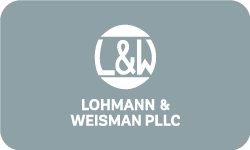This past week, tariffs took center stage and became the primary focus for investors, overshadowing even key economic reports. The result? Mortgage rates dropped to their lowest levels since October, offering a potential window of opportunity for homebuyers and those looking to refinance. What do tariff mean for the real estate industry?
At Dr Mortgage, we understand that no two buyers are alike. Whether you’re a first-time homebuyer, a seasoned investor, or someone navigating a shifting economic landscape, we offer flexible loan solutions designed for every kind of borrower. And in today’s rapidly evolving economy—where international policies like tariffs can influence everything from interest rates to housing affordability—having a lending partner who keeps a close eye on the market can make all the difference.
What Do Tariffs Mean For Mortgage Rates?
Midweek, President Trump announced a sweeping increase in tariffs on several countries, a move that quickly sparked retaliation from China, which imposed higher tariffs on U.S. goods. This back-and-forth reignited concerns about global trade disruptions, prompting investors to rethink growth forecasts.
The direct impact of higher tariffs is typically inflationary. By making imported goods more expensive, tariffs raise prices for both producers and consumers. However, in this case, investors expect the broader economic consequences of tariffs—such as reduced consumer demand and slowed global economic growth—to outweigh the inflationary pressure in the long term.
That anticipated slowdown in growth is what helped drive mortgage rates lower. As the economic outlook dims, investors often shift funds into safer assets like mortgage-backed securities, pushing down yields and, by extension, interest rates.
A Strong Employment Report with Mixed Signals
Despite the market’s focus on trade policy, the key Employment Report still delivered important insights. In March, the U.S. economy added 228,000 jobs, blowing past the consensus forecast of 140,000. Industries such as health care, retail, and transportation led the gains, indicating that some sectors remain resilient despite global uncertainty.
Yet, the unemployment rate unexpectedly ticked up from 4.1% to 4.2%, raising questions about whether the labor force is expanding or if there are deeper concerns about employment stability. Meanwhile, average hourly earnings rose 3.8% compared to the previous year, slightly down from 4.0% in the prior month—a sign that wage growth may be stabilizing but not accelerating.
Manufacturing and Services Hit a Wall
Adding to the cautious mood, two important reports from the Institute for Supply Management (ISM) came in weaker than expected. The ISM national services sector index dropped to 50.8—barely above the 50-point threshold that separates expansion from contraction. Even more concerning, the manufacturing index fell to 49.0, signaling an actual contraction in that sector.
This marked the lowest reading for the services sector since June 2024 and reinforced the trend of manufacturing lagging behind services. The reports suggest that while some parts of the economy are holding up, overall momentum may be slowing, especially in the wake of trade tensions and higher input costs.
Powell Urges Caution as Fed Eyes Tariffs
In a Friday speech, Federal Reserve Chair Jerome Powell acknowledged the growing uncertainty tied to tariff policy. He noted that while tariffs are expected to raise prices and reduce growth, the Fed is still trying to determine whether the impact will be a one-time price level increase or the start of a broader, persistent inflation problem.
Given this “highly uncertain outlook,” Powell emphasized a wait-and-see approach. As of now, market watchers expect the Fed to consider a rate cut as early as June, especially if data continues to show softening growth and muted inflation.
What’s Ahead: CPI and PPI in Focus
Looking ahead, investors will closely watch upcoming inflation reports for more clues about the Fed’s next move. On Thursday, the Consumer Price Index (CPI) will be released, offering a comprehensive snapshot of price changes across a wide range of goods and services. The Producer Price Index (PPI), which tracks inflation from the seller’s side, follows on Friday.
These two reports will be crucial in determining whether inflation is heating up—or cooling down—amid ongoing trade tensions.








